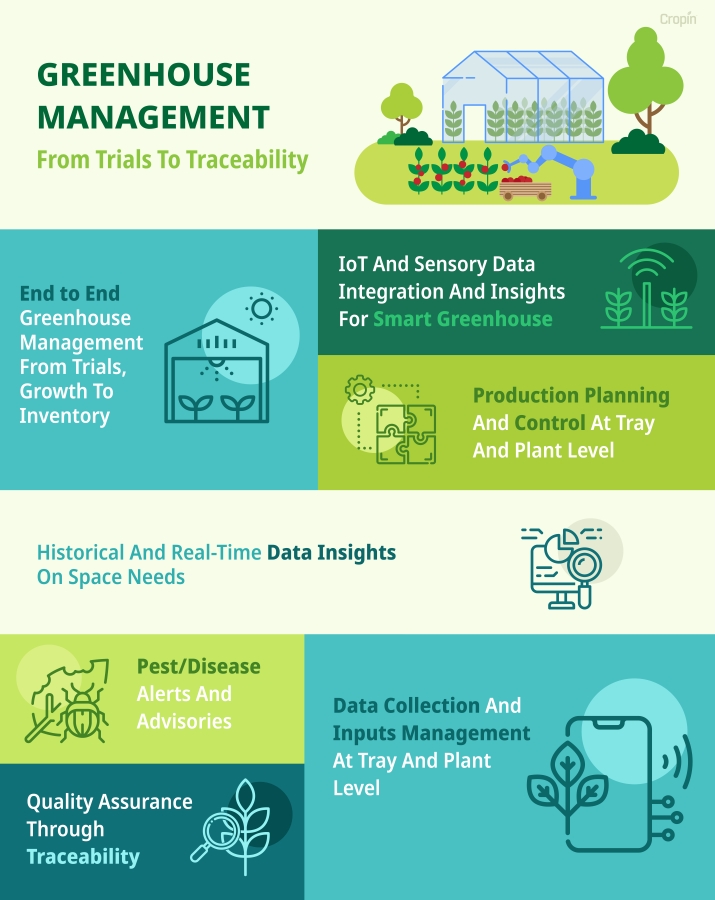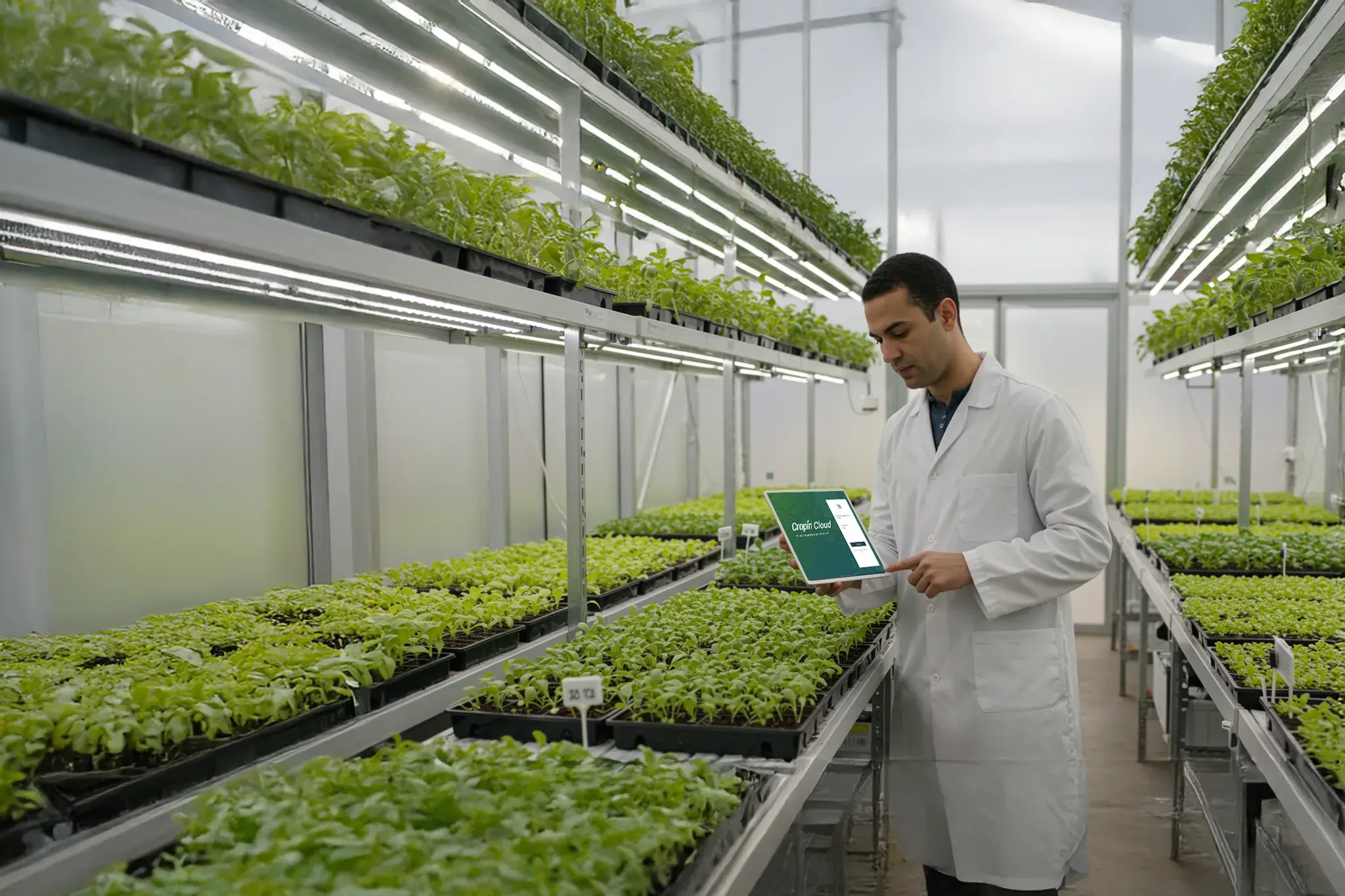Remember the movie the martian?
The main phases of nursery management are:
Monitoring and evaluation – Physical presence, rapid response to changing conditions and vagaries, and critical analysis of the day-to-day observations are done in this stage. This stage is crucial for yield estimation. The feedback for further monitoring is also a key portion of this stage.
As advantageous as nursery cultivation is, it does come with its own set of challenges. The seeds that nurseries procure to cultivate may or may not be up to the standards of the nursery’s requirements. The quality of the seeds procured needs to be analyzed based on the resultant yield, hence. There also is a need for individual attention to each plot so that each sapling in the nursery is monitored for health and checked for deviations from the expected growth. This level of monitoring requires an efficient data-driven technological intervention.
Cropin: the rejoinder









